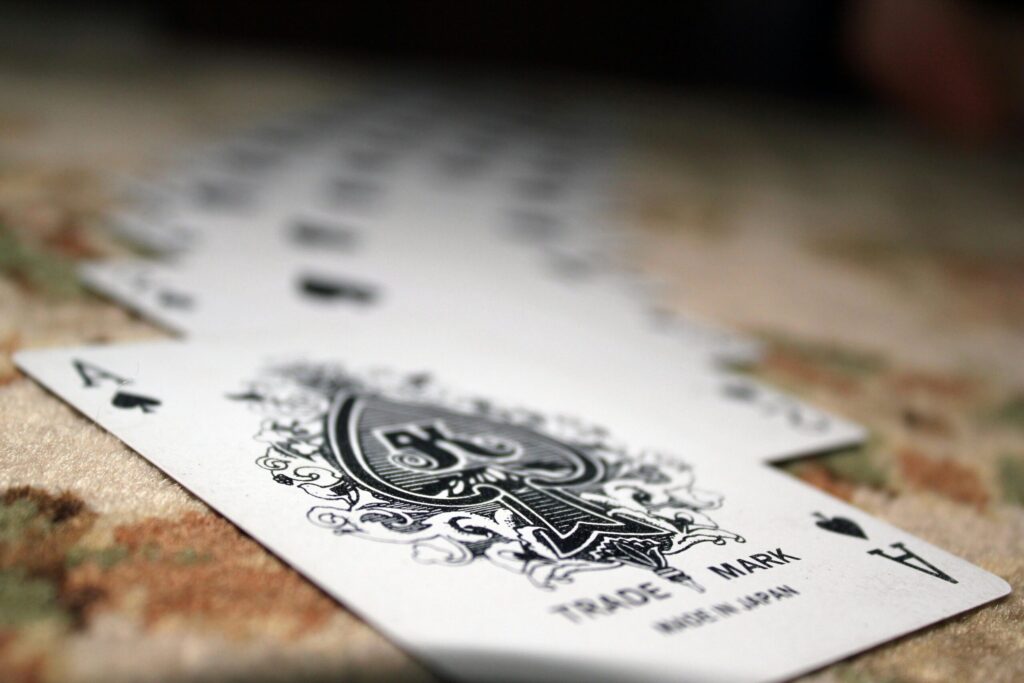Mastering the art of splitting in blackjack can significantly enhance your game strategy and boost your chances of winning. Knowing when to split in blackjack is crucial, as it can turn a single losing hand into two winning prospects or vice versa. This guide is tailored to help you understand the optimal moments for splitting pairs, providing you with a competitive edge over the house.
Understanding Splitting in Blackjack
Splitting in blackjack allows players to divide a pair of cards of the same value into two separate hands, placing an additional bet equal to the original wager on the second hand. Recognizing the right time to split requires both basic strategy knowledge and an evaluation of the dealer’s upcard.
Rules and Opportunities
Before diving into when to split, it’s essential to understand the rules that govern this option. Not all casinos have the same guidelines, so knowing the specific casino rules can significantly impact your decision-making process.
When to Split in Blackjack: The Essentials
Let’s break down the golden opportunities for splitting in blackjack, which could lead to a potentially lucrative gameplay scenario.
Aces and Eights: The Non-Negotiable Split
Splitting aces and eights is a staple move among seasoned blackjack players. Here’s why:
- Aces: Splitting aces gives you two chances to hit 21, maximizing your potential winnings.
- Eights: A hand totaling 16 is weak, so splitting eights gives you a fresh start, possibly leading to two hands stronger than the original.
Other Pairs: Conditional Splits
Beyond aces and eights, other pairs may or may not be worth splitting, depending on the dealer’s upcard.
| Pair | Split If Dealer Shows |
|---|---|
| Twos or Threes | 2 through 7 |
| Fours | 5 or 6 (ideally in games that allow doubling after splitting) |
| Fives | Do not split; treat as a 10 and double down if possible. |
| Sixes | 2 through 6 |
| Sevens | 2 through 7 |
| Nines | 2 through 6, 8, or 9 (Avoid splitting against 7, 10, or Ace) |
Note: Tens should generally not be split since a total of 20 is a strong hand.
Strategies Beyond the Cards
While knowing when to split in blackjack is pivotal, incorporating other strategies like card counting and bankroll management can further tilt the odds in your favor. Always keep in mind that splitting should be part of a broader, well-thought-out blackjack strategy.
Conclusion
Splitting in blackjack offers a strategic depth that can significantly affect the game’s outcome. By mastering the art of when to split in blackjack, you enrich your gameplay, making each decision a calculated step towards maximizing your winnings. Remember, practice makes perfect, so apply these strategies consistently to become proficient at deciding when to split.



